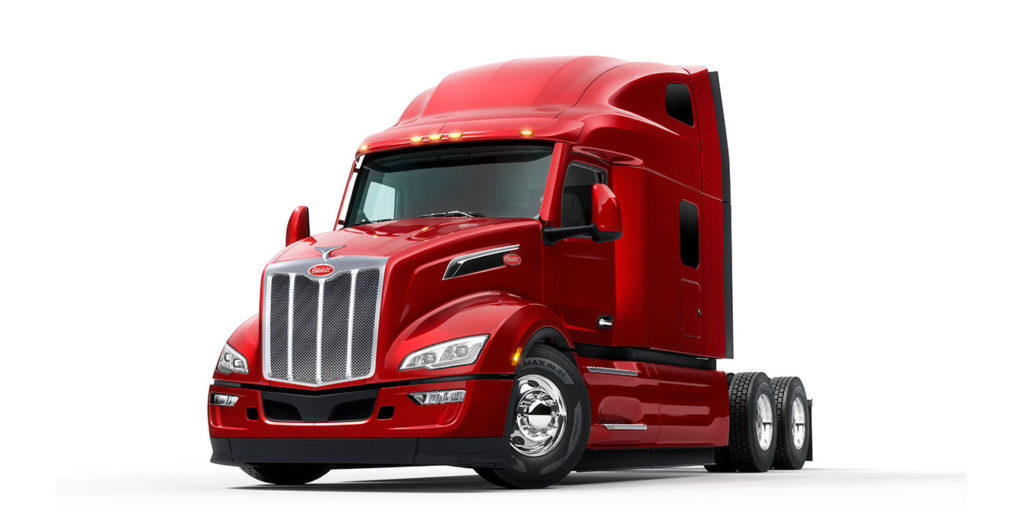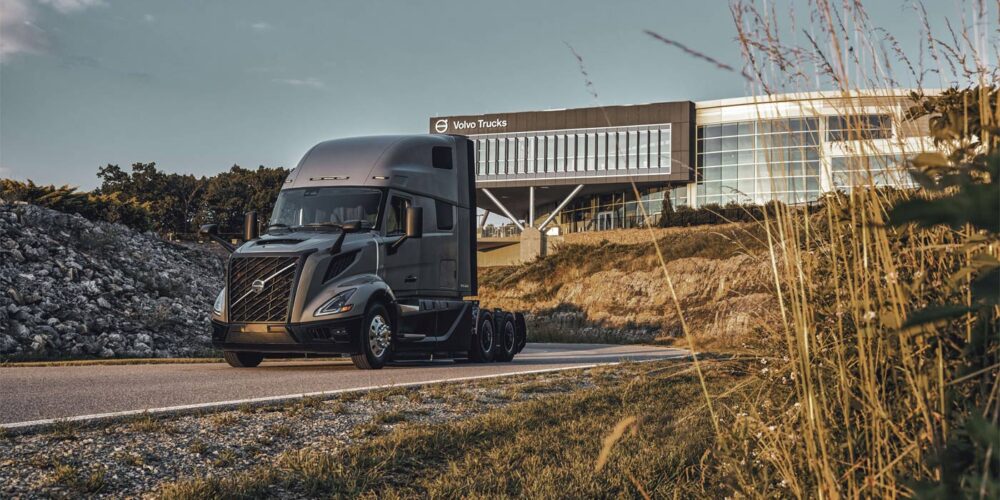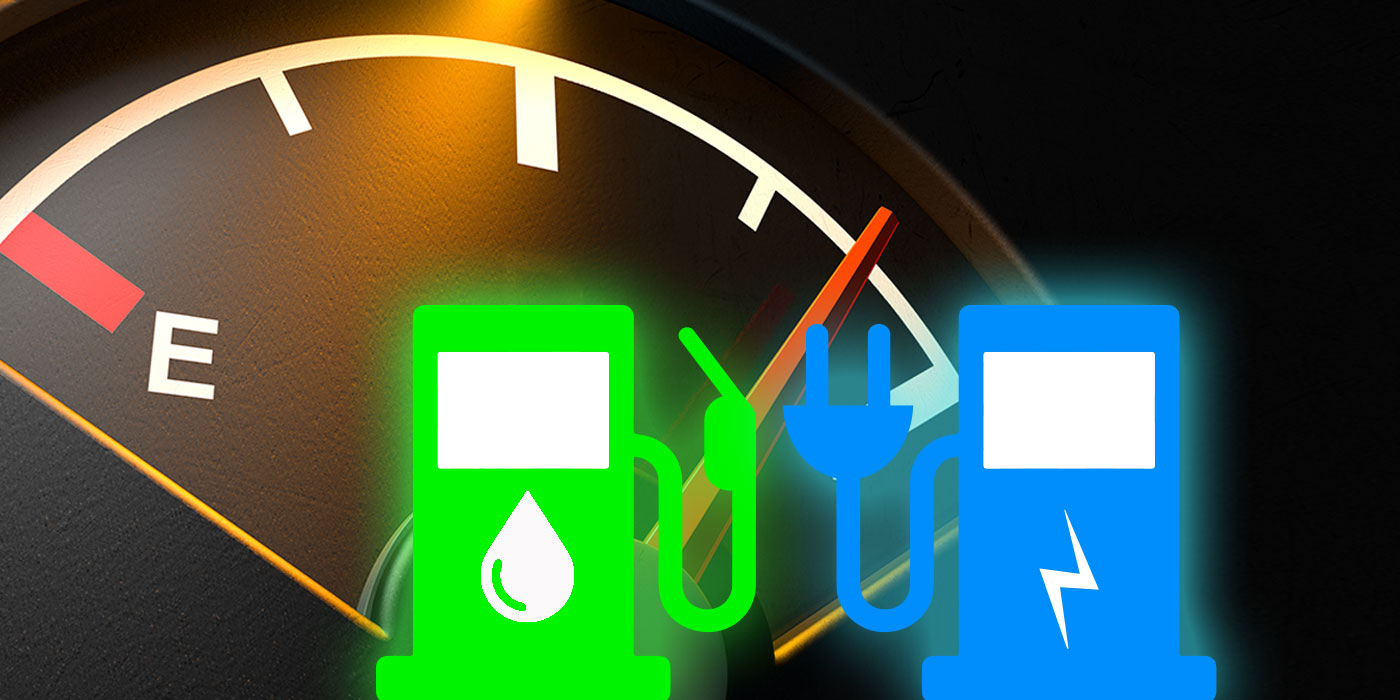Peterbilt has unveiled the next generation of its Model 579 truck. Thanks to the new design, Peterbilt touts an up to 7% fuel economy gain on a like-for-like spec basis compared to the current version.
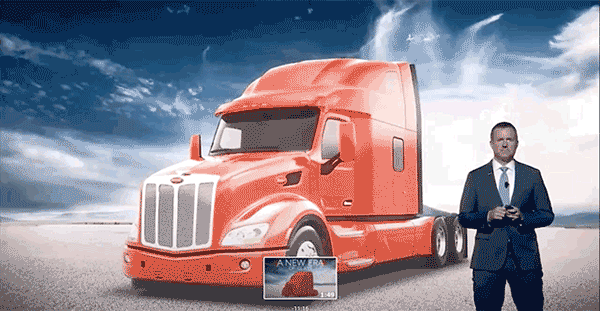
Key exterior features of the new 579 include a redesigned stronger Metton hood that is narrower and more resistant to damage. A new three-piece bumper integrates the forward radar cover for collision mitigation, with a larger aerodynamic air dam and provides both protection against damage and lower replacement costs, the OEM noted. Improvements to the aero mirrors, fairings, side skirts and closeouts help improve the overall aerodynamic shape with the revised A-pillar vane redirecting airflow around the windshield reducing friction and helping deliver a 10% noise reduction in the cabin.
The truck also comes with an advanced driver assistance system (ADAS) including enhanced adaptive cruise control and lane keeping assist features. The Digital Vision System provides drivers vastly enhanced, camera-enabled vision around the truck at all times including at night and during inclement weather, Peterbilt says. These features lessen the driver’s workload and enhance safety and uptime, according to the OEM.
Inside, a 15-inch digital display features a customizable user interface (UI). Operators control the digital UI through one of three different Drive View Zones:
• Minimized View eliminates everything but the speedometer and tachometer for minimal driver distraction.
• Basic View represents traditional information found on analog dashes with Air & Oil Pressure, Fuel & DEF level and Water temperature all prominently displayed along with a speedometer and tachometer.
• Enhanced View builds upon the previous views displaying the maximum number of gauges from a list of over 30 information sources.
Prior to trip departure the digital display has the ability to run through a visual Systems Check, inspecting 13 systems and providing a green checkmark with each passed test. Post-trip, a Trip Information screen provides a breakdown of important metrics of the most recent journey.
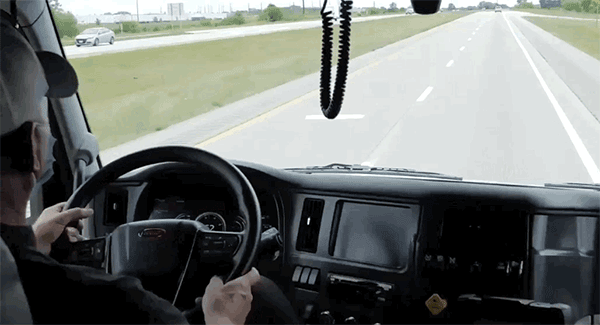
The interior of the new 579 features soft-touch materials, and the 579 UltraLoft with an integral sleeper provides 70 cubic feet of space, with a eight-foot high ceiling. The cabin has room for small appliances, including a 1.1 cu ft microwave, a 32-in. TV, a tall wardrobe closet, multiple power outlets and optional bunkbeds with a clever fold-away ladder. Multiple windows provide plenty of natural light and additional ventilation. At night, interior lighting from dome LED lights and three directional spot/reading lights provide added convenience and safety, the OEM noted. New sound abatement technology helps minimize outside noise creating a quieter cabin, both on and off the road. Small additions like a fixed cup holder and the option for multiple USB charging ports in the center console make life on the road more comfortable.
“The truck we are introducing is the result of five years of relentless focus on improving uptime, increasing fuel economy and taking comfort to new heights,” said Jason Skoog, Peterbilt general manager and PACCAR vice president. “Throughout the development, we’ve listened to our customers and gathered their input to improve what was already a great truck.
“The main goal was to reduce total cost of ownership for our customers,” he added.
Additional updated features include:
- Optional LED headlights that are heated to avoid being affected by ice and snow;
- Redesigned chassis fairings and optional rear fairings;
- Easier access to batteries, fuel tanks and APUs; and
Peterbilt worked with more than 50 of its customers to understand their unique operations and needs and then incorporated their input into the design of the new 579. Validation units have already accumulated 1.5 million real-world miles, combined with durability testing done at the PACCAR Technical Center.
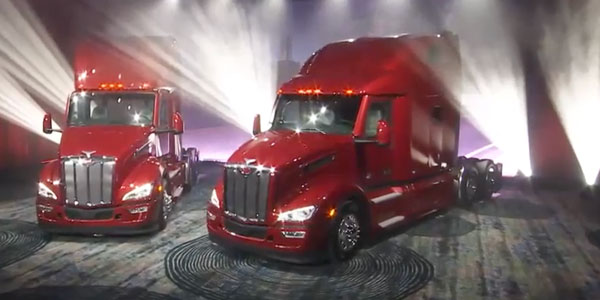
The new 579 will be available for order as of Feb. 4, with production beginning in April.
Fleet Equipment will have more information about the new 579 throughout the week, so keep it tuned to the website to learn more.

